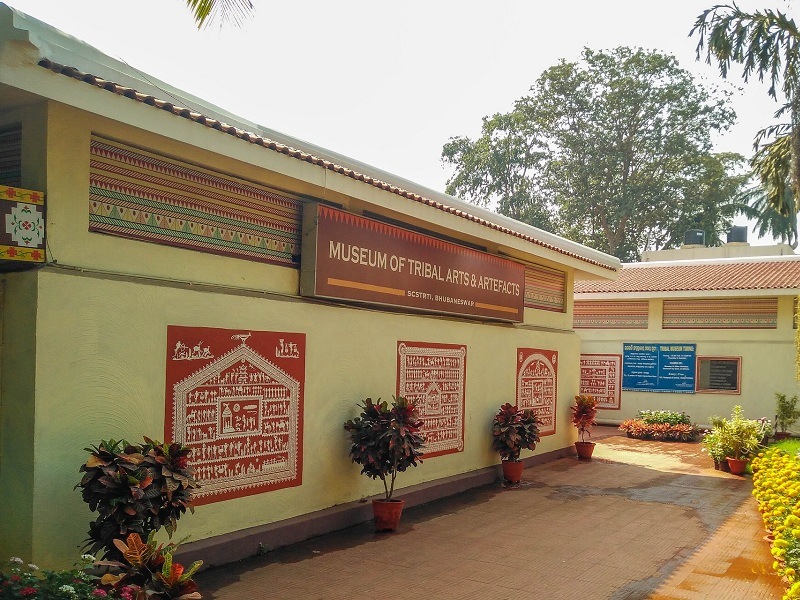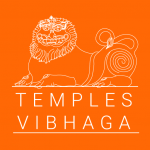
Today Closed UTC+5.5
10:00 AM - 05:00 PM
-
Sunday
10:00 AM - 05:00 PM


